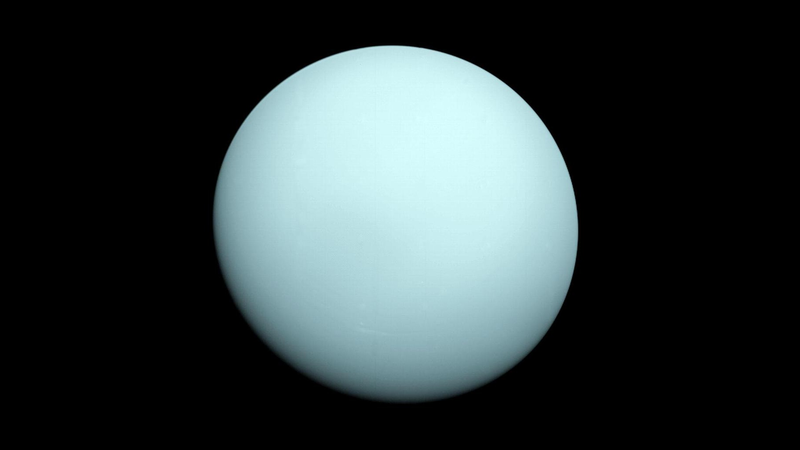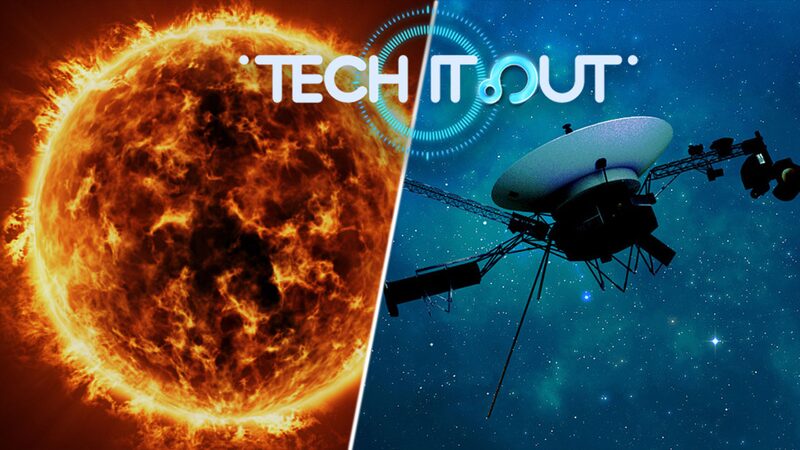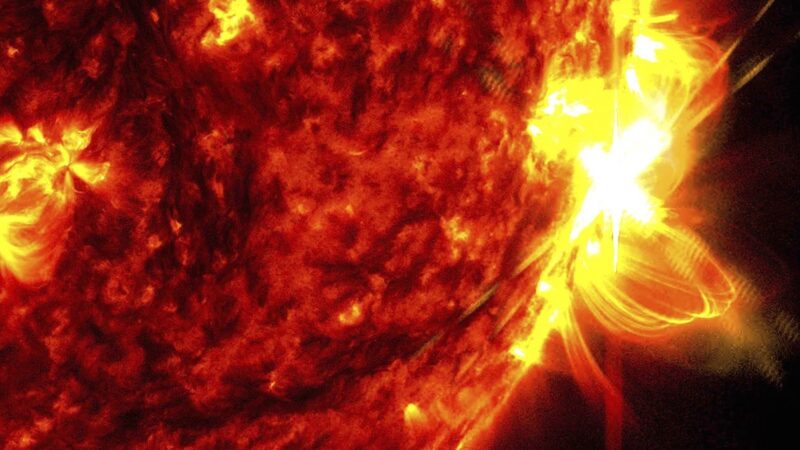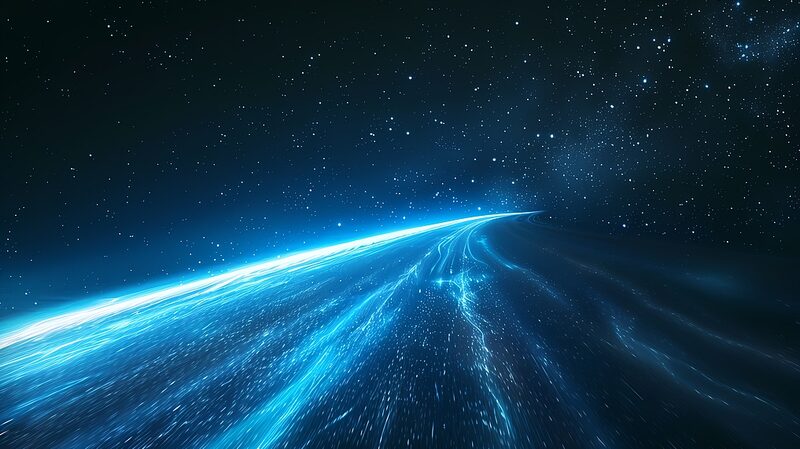Hold onto your telescopes, space fans! 🌌 Scientists just flipped the script on what we thought we knew about Uranus—yes, that icy blue planet with the funny name. Turns out, NASA’s 1986 Voyager 2 flyby might’ve caught Uranus on a bad space day ⚡, leading to decades of magnetic field confusion.
Voyager 2’s Misleading Snapshot 🛰️
When Voyager 2 zipped by Uranus nearly 40 years ago, it saw a squashed magnetosphere (the planet’s magnetic bubble) due to an intense solar wind storm. New research in Nature Astronomy reveals this was a rare event—only happening 4% of the time! ‘If Voyager arrived a week earlier, we’d have seen a magnetosphere as big as Jupiter’s,’ said lead researcher Jamie Jasinski from NASA’s Jet Propulsion Lab.
Why It Matters 💡
This explains why Uranus’s magnetic field looked ‘understaffed’ with plasma (supercharged particles) compared to other gas giants. Spoiler: It’s actually more normal than we thought! Plus, moons Titania and Oberon might not be floating in space radiation after all—they’re likely cozy inside Uranus’s protective bubble. 🌙✨ Could this mean subsurface oceans? 🚰 Scientists say ‘heck yes’—and liquid water = potential for life!
What’s Next for Uranus Exploration? 🚀
With NASA’s Europa Clipper headed to Jupiter’s moon, researchers are pushing for a dedicated Uranus mission. ‘We need to revisit this sideways-rolling planet to solve its atmospheric, ring, and moon mysteries,’ Jasinski added. Talk about planetary FOMO!
Reference(s):
cgtn.com






